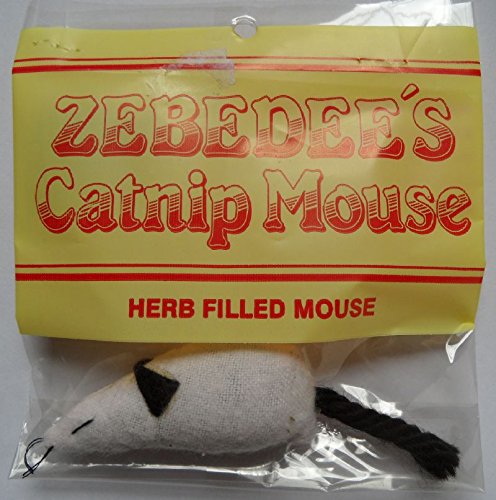Winter can be tough on all of us, but even more so for our friends who live outside. There are many ways we can lend a hand to wild birds that don't require much effort, but can really make a huge difference during the colder months. Birds, especially the smaller ones such as bluetits, need to eat as much as 30% of their body weight in food every day to build up their fat reserves for the winter, so they could use our help!
Feeding wild birds can be very rewarding, though to ensure maximum interest to your garden it is important to cater the feed to the species. This is only a quick guide, so feel free to come in store and see us. Tell us what birds are in your garden, and we'll tell you what you need!
Standard mixes, like this one shown, are normally the cheapest. It caters to most birds, though depending on what kind of area you live in you may find it's rejected by some of the smaller birds- if your neighbours have a good selection you might have competition! They are predominantly made up of grains; wheat, cut maize, millet, oats and a few black sunflowers.
Songbird mixes particularly cater to blackbirds, robins, nuthatches, tits and finches. If you have a lot of finches try to include some nyjer seed in the feeding regime- the tiny, oil rich seed is high in energy, though be sure to keep it fresh so it doesn't dry out. These blends normally contain sunflower hearts- a great source of energy- and dried mealworms. Try feeding live mealworms to attract robins, if you're brave enough! Peanuts are a great source of high energy too, though best fed from a feeder to stay fresh. (Squirrels love these too, so invest in a squirrel- proof feeder if they aren't welcome in your garden!)
If you find you have a lot of wastage with ready made blends, it's easy to mix your own. Decide what is most popular, then buy it all separately. You may also find it's cheaper this way.
Fat balls, suet balls, and suet pellets are a firm favourite of most garden wild birds. The insect and berry varieties are bestsellers at Shoreline. Suet blocks are too, as they're easy to feed and require little cleaning of the feeders.
Top Do's and Dont's
1. Not enough variety!
A variety of feeders will ensure maximum popularity of your garden- mesh socks, perch feeders, hanging feeders, and bird tables all attract different species of birds.
2. Empty Feeders
There will normally be a flurry of feeding early morning when the sun rises, and another late afternoon to prepare for the night ahead. Make sure all the food is out for these times (and get your camera ready for some lovely views!)
3. Cheap Blends
Cheap and cheerful works for some gardens, but normally you get what you pay for. If the price is low, the ingredients are not going to be as good. Look out for the top five: peanuts, sunflower hearts, mealworm, suet pellets, and nyjer seeds.
4. Cleaning and Storing Seeds
The older the seed, the less interested birds will be. Keep them dry and air tight to preserve the natural oils, and clean feeders regularly with a non-toxic disinfectant. Rinse well to avoid any lingering odours.
5. Placement of Feeders
Hanging feeders in a tree is an ideal place, providing natural shelter from wind and predators. Don't put them out in the open, where cats and foxes may put them off or lay in wait for unwary victims!
6. Fat Balls in Mesh Bags
Always cut the nets off of fatballs! Birds can get their feet trapped in them, causing injury, and birds with barbed tongues- like woodpeckers- can get their beaks caught. They could also choke hedgehogs and foxes if they drop on to the grass.
Please
e-mail us or send us a message on Facebook with any questions on our wild bird guide, we love
to hear from you. You can always give us a Tweet too on https://twitter.com/shorelinepet! We always have plenty of tips and tricks to keep your garden full of feathery visitors!
Love the Shoreline Pack


























